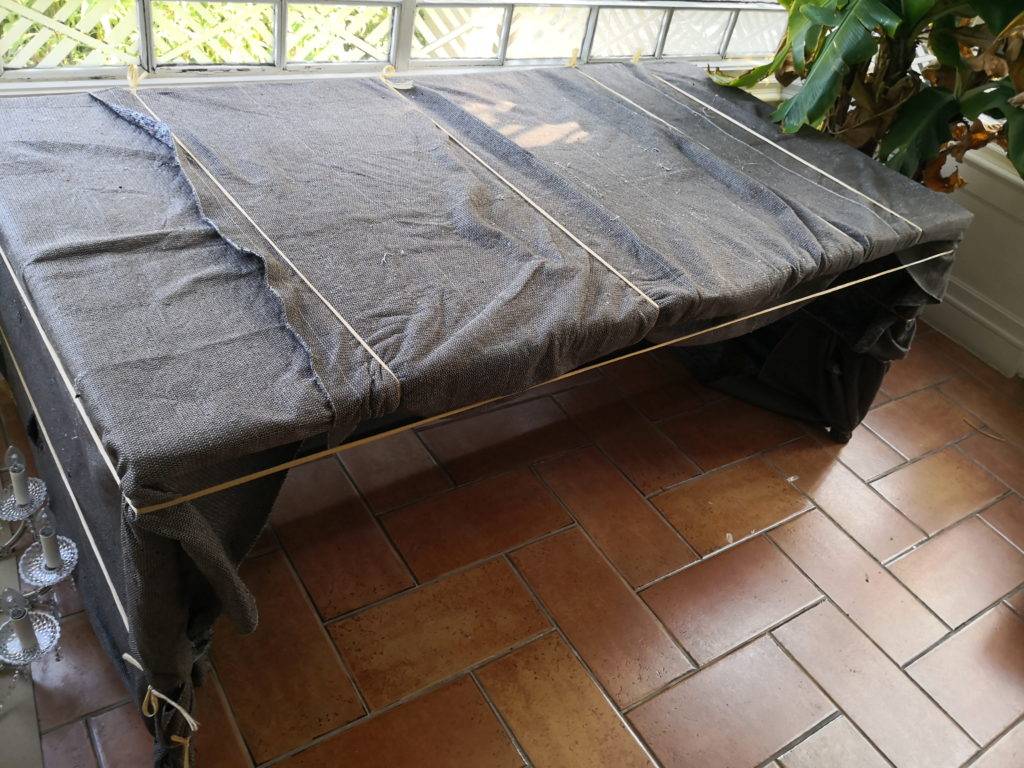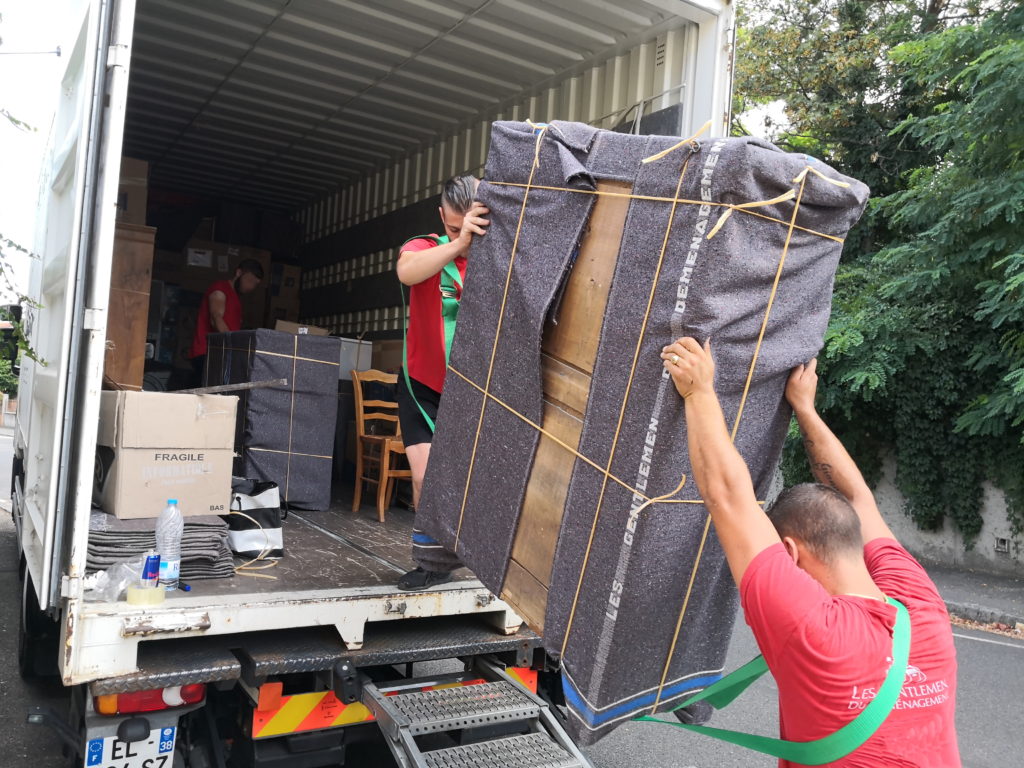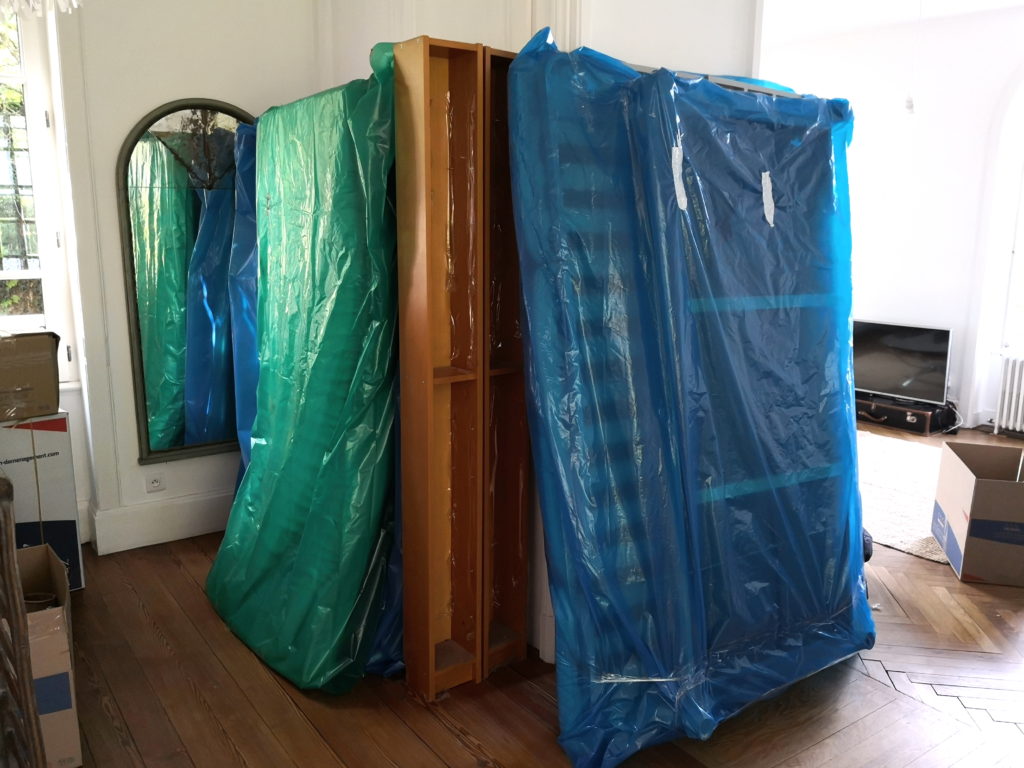
How do you insure a move?
You know as well as we do that there's no such thing as zero risk! Even if you take all the necessary precautions, breakage can still occur during a move. And just because you avoid the subject doesn't mean nothing will happen. The risk is there, and you have to take it into account. But what are the insurance rules for moving with a professional? What happens in the event of damage? Do you need specific insurance? And if you're moving on your own, how do you insure yourself? Find out more about insurance so you can make the right choices and move with peace of mind.
Calling in a professional for your move

The mover's contractual liability
When you hire a professional to move your belongings, you'll automatically benefit from a basic guarantee covering any damage that may affect them. In fact, the mover you entrust with the care and transportation of your belongings is responsible for them for the duration of the move. This is known as the mover's contractual liability. You therefore benefit from a compulsory minimum guarantee for your furniture and belongings.
However, there are limits to the mover's liability:
- the customer's fault: this is the case in particular when packaging carried out directly by the customer fails to protect fragile objects;
- inherent defect of the good: this recognizes the fact that the deterioration of the good is not due to poor handling, but to its age or an internal defect;
- cases of force majeure beyond the professional's control, such as road accidents, theft, etc.
In these 3 cases, the mover cannot be held responsible for the damage and will not be obliged to compensate his customers.
To cover certain specific risks, we also offer you the possibility of taking out "MUST damage" cover tailored to your specific needs. Don't hesitate to ask us when we draw up your moving quote.
How is the warranty amount determined?

The declaration of value allows you to list your furniture and personal belongings and specify their individual value, in order to establish a total replacement value in the event of a problem. However, there's no need to list all your personal effects: concentrate on the most valuable furniture and objects, starting at 200 or 300 euros.
The total amount of your declaration of value represents the mover's level of responsibility for your move. In fact, the declaration of value is an essential document to guarantee you adequate compensation in the event of a problem during the move. You must therefore fill it in with particular care. If necessary, your mover can advise you and help you to fill it in, especially if you have difficulty estimating the value of the goods and no longer have the invoices.
How do I report damage to receive compensation?
On the day of the move, a team leader gives you a copy of the consignment note, which you must sign to confirm that your belongings have been taken in. This regulatory document accompanies you throughout the move, and must appear in every vehicle used. When the move is complete, the person in charge of the move invites you to take a look at the furniture and objects delivered to your new home.
In the event of damage, shortcomings or anomalies, you must mention your reservations on the declaration of completion at the bottom of the delivery copy of the consignment note. This document is given to you by the foreman, who can add his own comments. The completion declaration must be signed by you before the movers leave.
In the event of subsequent observations, you can still send your additional reservations by registered letter with acknowledgement of receipt within 10 days of the move, taking care to provide proof of your claims. Keep all these documents to complete the claim, which will then be handled by the remover.
Moving out on your own

In this case, there are many risks to cover. Some home insurance policies cover accidents occurring during a move, but this is far from the majority of cases. To make the right choice, it's best to contact your insurer to review your coverage.
The easiest way to move with complete peace of mind is to turn to a professional for your move. With the experience of a well-equipped mover trained in heavy and dangerous handling operations, you already have less risk of damaging your furniture. And thanks to the mover's contractual liability, you're sure to have a guarantee covering the value of your goods, or even more, if you've taken out so-called MUST damage cover. All procedures are contractually defined in the estimate, the declaration of value and the consignment note.
If you'd like to find out more about our contractual liability as a mover and the advantages of MUST damage cover, please contact us.